Oregon State Legislature sent this bulletin Thursday, February 2, 2017 by devadmin
Last weeks article highlighted that the Governor’s released budget had everyone in media gasping for breath because of a $1.7 billion shortfall. Yet, Oregon is expected to receive $1.5B more revenue this biennium than last. That is an increase of 15 thousand million or 1,500,000,000 extra dollars in the state’s coffer.
I pointed out that Oregon’s budget has increased eight-fold since 1980 and then I posed some thoughtful questions:
- Did our state’s service requirements or population grow by eight-fold?
- Did your school district attendance grow by eight-fold?
- Did your own personal salary or wages grow eight-fold since 1980?
- Did the value of your home grow by eight-fold?
If you are like me, you are probably having trouble identifying anything in our lifetime that has grown as rapidly as government.
This has occurred mainly because we have allowed government to absorb responsibilities that previously belonged to families and individuals. Government has done this quite stealthily.
It starts with people who want to help. They become politicians. Politicians get elected to the legislature. Legislators have a job to do – legislate. Yet, even if the legislature, their committees and constituents propose solutions that sound reasonable, it doesn’t mean the legislation will work reasonably.This is exactly where we are today – Legislators are legislating and government is growing.
Our unique American form of government was designed to protect the rights of the people and ensure their individual freedom. Oregon’s constitution does not provide a mandate to micromanage, interfere and legislate away citizen’s individual choices and freedoms on a daily basis.
How much would government services cost if we had constrained government by the Bureau of Labor and Statistics – Inflation Calculator?
Using the inflation calculator, for example, $10B in 1980 is the equivalent to $29.1B today (cf., Figure 2). This means $50B dollars of the current $80B budget is in excess of the cost of inflation.
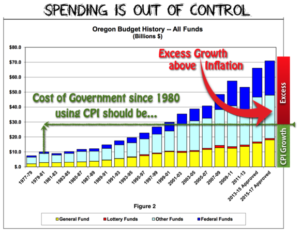
Even accounting for an increase in Oregon’s population which has grown by only a factor of 1.54 since 1980 levels, not an 8X increase, the $29.1B number would only increase by $15B, not $50B.
Again, why is Oregon’s budget pegged at nearly $80B?
Are Oregonians really that much more needy? Do we need that many more state bureaucrats shuffling paper and creating regulations?
The problem rests with the baseline budgeting methodology where after funding our last biennium’s base of operations no one has enough resources available to seek answers to different questions.
There will never be a change to any part of an agency’s inner-workings if the agency will automatically receive the same, or better, for doing the same ol’, same ol’. This is partially why Oregon’s graduation rates stay so abysmally poor – same ol’, same ol’.
ORS 291.210, requires the Legislative Fiscal Office (LFO) to develop a projected tentative General Fund/Lottery Funds budget for the 2017-19 biennium. A couple of bullets from that document are below:
- State personal services growth is projected at 9% for the biennium, including step increases, roll-up of current collective bargaining agreements and management salary packages, health benefit costs, Pension Obligation bond payments, and an increase in the PERS rate.
- Standard biennial inflation of 3.7% for services and supplies and 4.1% for medical costs.
- Backfill of 2015-17 one-time funds with General Fund, or fund shifts, that change funding sources for programs between the two biennia, total a net $626 million. This is primarily in the Human Services and Education program areas, and includes $328 million related to an increasing state responsibility for Affordable Care Act costs and other federal match changes.
These are all growth items.
We don’t face a revenue problem, we face a problem with government growth and spending. Oregon’s legislature must be willing to address our state’s spending problem and this will mean breaking through factional barriers.
Otherwise, we really are just kicking the can down the road.
We all recognize there is more squeezing that needs to be done in the state’s budget. But, if the Governor has her way, the squeeze is going to happen with our wallets. Oregon’s Governor put forward a budget proposal that is “too expansive.” As legislators we must be committed to squeezing government, not the hardworking taxpayers wallets.
Please remember–if we do not stand up for rural Oregon values and common-sense, no one will.
Best Regards,

Dennis
Senate District 28
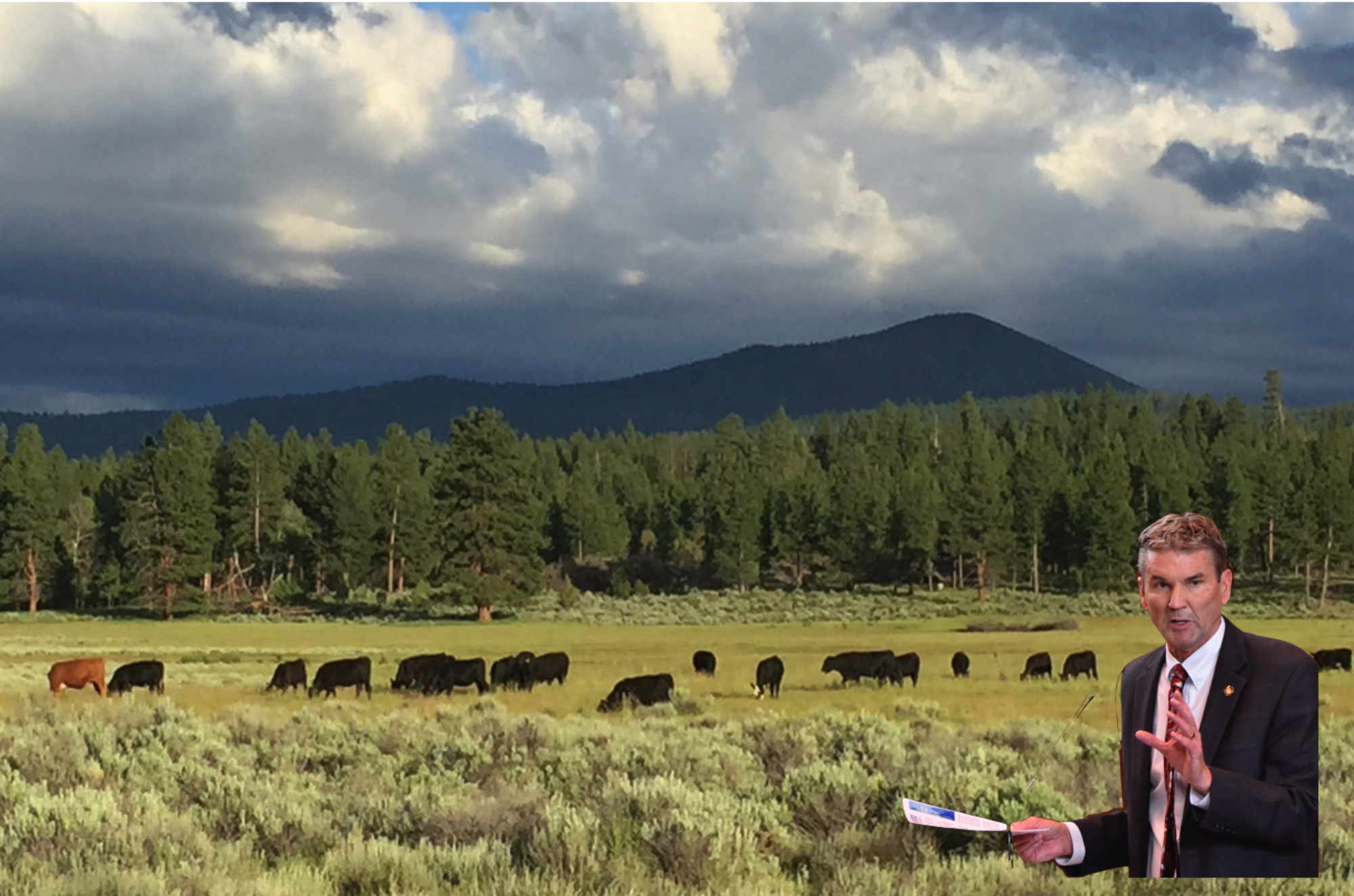

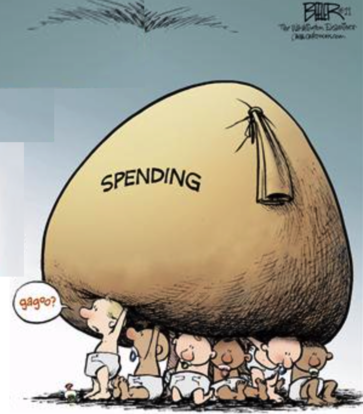
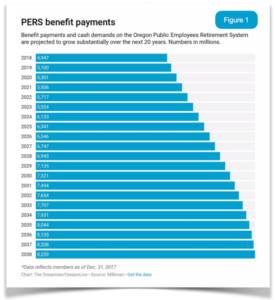
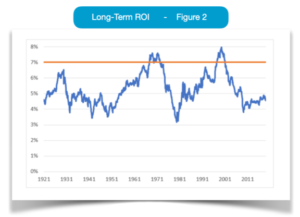




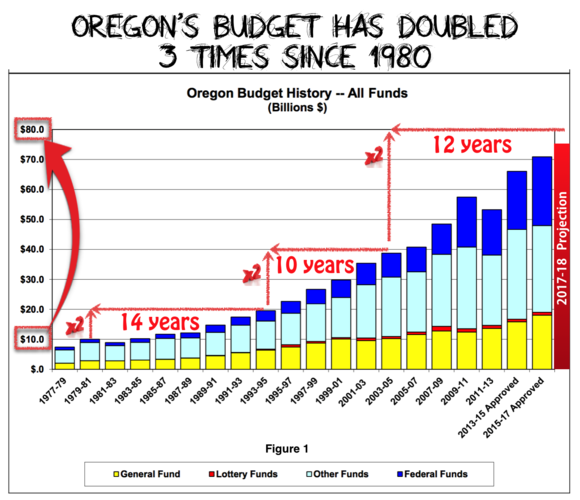
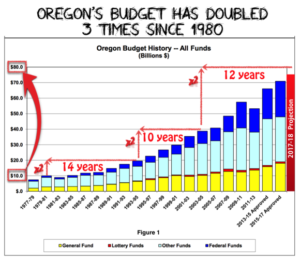


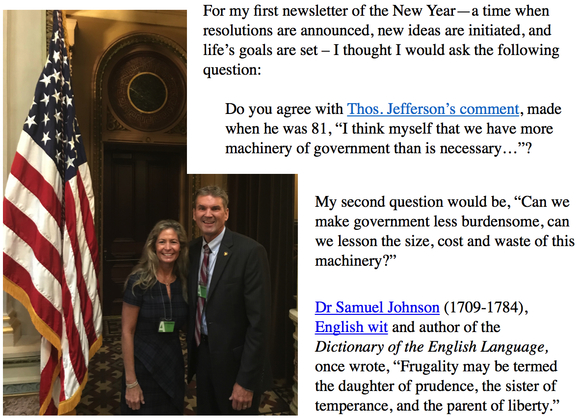
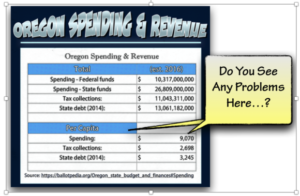

 Unfortunately, we, in modern America, are a little too accustomed to shopping at Costco. Americans expect Liberty to be stocked in a never ending supply of jumbo-sized, shrink-wrapped packages. “But you must remember, my fellow-citizens, that eternal vigilance by the people is the price of liberty, and that you must pay the price if you wish to secure the blessing. It behooves you, therefore, to be watchful in your States as well as in the Federal Government.”[1]
Unfortunately, we, in modern America, are a little too accustomed to shopping at Costco. Americans expect Liberty to be stocked in a never ending supply of jumbo-sized, shrink-wrapped packages. “But you must remember, my fellow-citizens, that eternal vigilance by the people is the price of liberty, and that you must pay the price if you wish to secure the blessing. It behooves you, therefore, to be watchful in your States as well as in the Federal Government.”[1] Last week, Diane and I joined with hundreds of others to hear
Last week, Diane and I joined with hundreds of others to hear 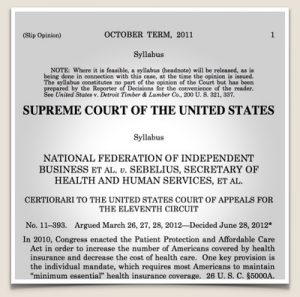 Take ObamaCare for example. We don’t need to put the House, Senate and Presidency into the hands of Republicans to repeal it because we can void it at our state’s legislature.
Take ObamaCare for example. We don’t need to put the House, Senate and Presidency into the hands of Republicans to repeal it because we can void it at our state’s legislature.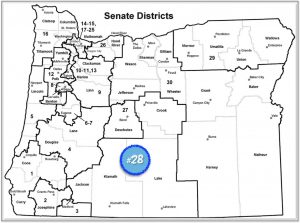 Oregon’s Senate District #28. If you haven’t heard the news, it’s true – I did.
Oregon’s Senate District #28. If you haven’t heard the news, it’s true – I did.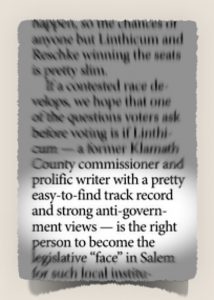 These are not new thoughts. They should be well known to all American’s and anyone who has ever dreamed of coming to America.
These are not new thoughts. They should be well known to all American’s and anyone who has ever dreamed of coming to America.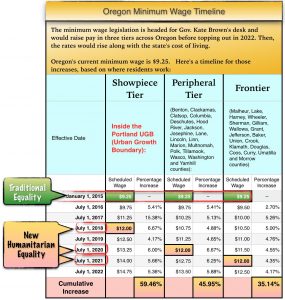 For example, with the minimum-wage, Democrats claim that higher prices and low wages are the two things crushing those earning minimum wage salaries. Do they think raising the minimum wage will lower prices? If prices do rise (to cover the increases in wages) will the poor be exempt from the new higher cost of a burger and fries? Does this solve the cost-of-living conundrum? How many low-wage earners will lose their jobs as businesses strive to control costs?
For example, with the minimum-wage, Democrats claim that higher prices and low wages are the two things crushing those earning minimum wage salaries. Do they think raising the minimum wage will lower prices? If prices do rise (to cover the increases in wages) will the poor be exempt from the new higher cost of a burger and fries? Does this solve the cost-of-living conundrum? How many low-wage earners will lose their jobs as businesses strive to control costs?